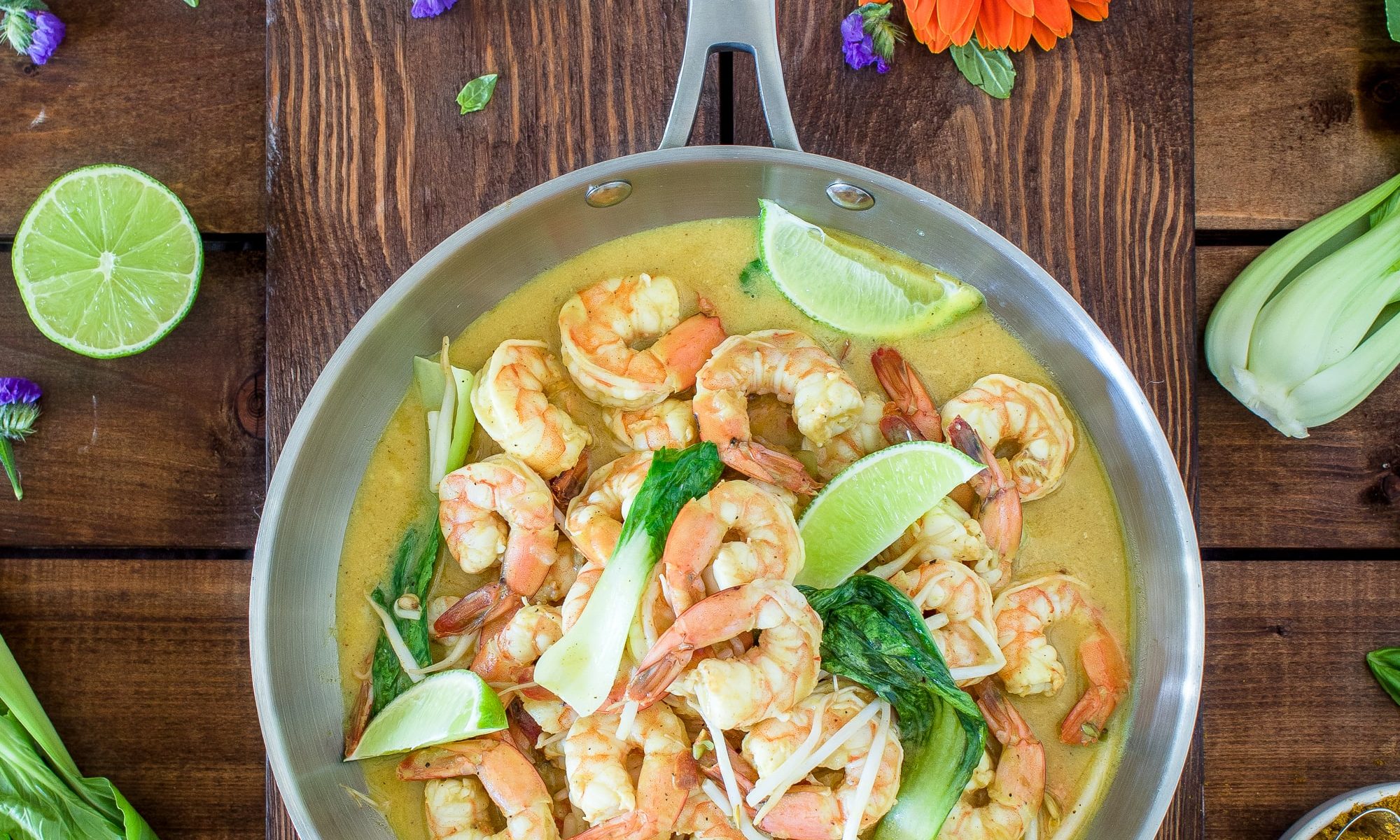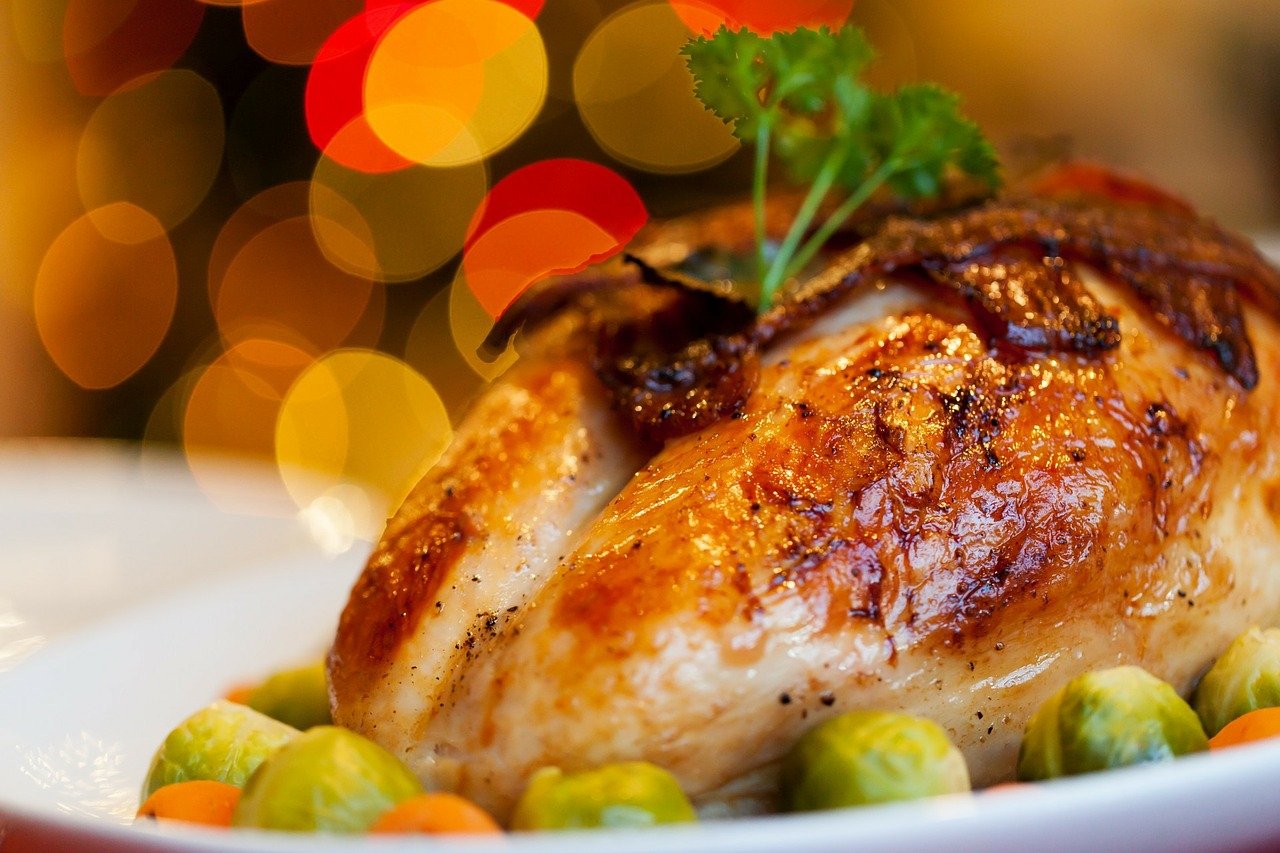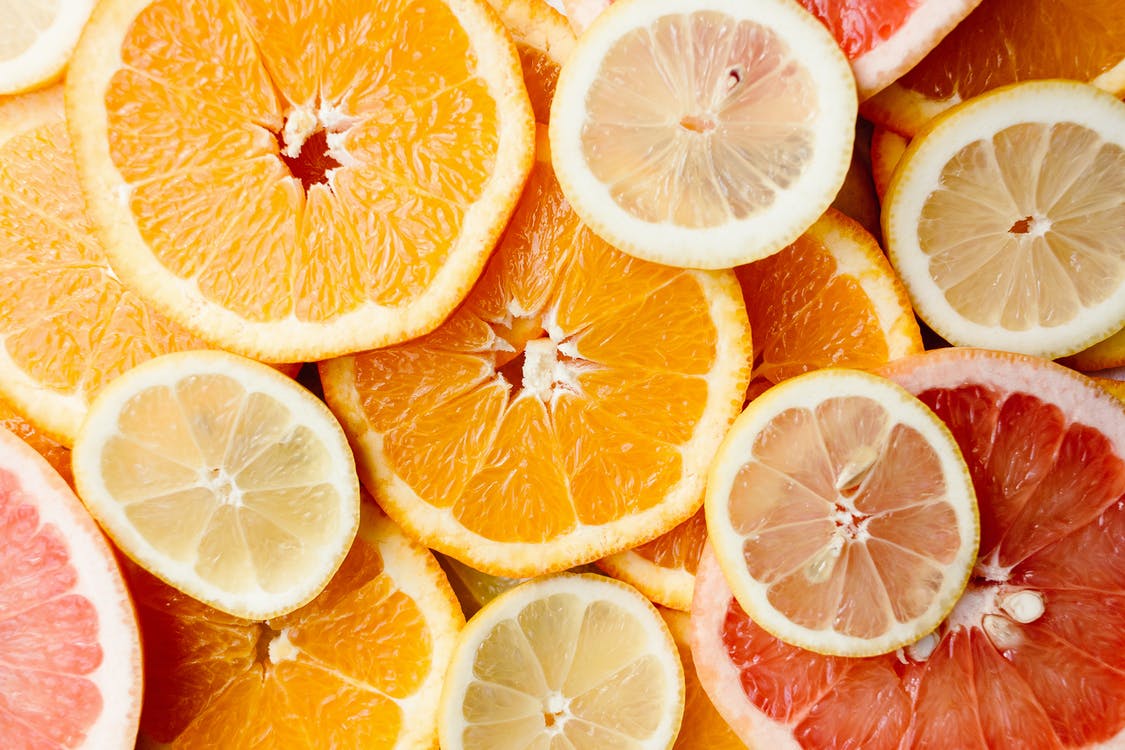It’s finally 2022 and of course, New Year’s Resolutions are due. Resolutions can be daunting at first as they could be similar to past resolutions, or they could be new altogether. Whatever resolution it may be, whether it’s losing weight, learning a new language, or developing a new skill, it can be accomplished if you know how to stick with it. Here are some tips to stay on track for New Year’s Resolutions this year:
Limit Amount
Having too many resolutions at once can be demoralizing or daunting for many. Picking a select few or even one to focus on can make it easier to actually accomplish said goal instead of spreading yourself thin among many.
Plan Ahead
Developing a resolution along with a plan can do wonders for accomplishing said goal. Goals can be completed easier and quicker when a well-thought-out plan is put into place instead of going into it blind.
Start Small
Trying to accomplish a goal too quickly or all at once can lead to burnout and a stronger likelihood of abandoning the goal altogether. Completing said resolution in small steps can lead to a healthy habit of working on said goal every day and can make accomplishing a resolution easier.
Avoid Past Mistakes
Avoiding the mistakes of last year’s resolutions if this years are the same or similar can be difficult, but it’s important to identify those problems and patterns that may arise again. Remembering what went wrong or what strategies worked best can help with planning and preparing to accomplish 2022’s resolutions.
Adapt and Learn
Learning from mistakes or adapting to new challenges not only improves the odds of completing a resolution, but also builds character. Whether someone completes a resolution or not, the main benefit is that someone learns more about himself or herself and can better take on challenges in life.
Dr. Barbara R. Edwards, Princeton Internist, practices at Penn Medicine Princeton Health in the Penn Medicine Princeton Medical Center. She is also the Academic Director for the Ambulatory Residency Program at Penn Medicine Princeton Health.dr






